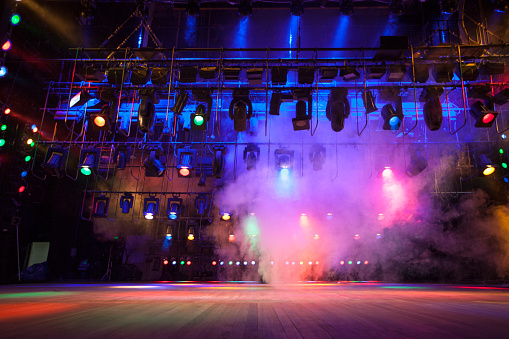
Marc David Broidy is an established Los Angeles financial professional who also has experience in aspects of the performing arts, such as theater production. Marc Broidy pursued an MFA in theater management from Yale University, and one of his areas of focus is lighting design.
One critical element of presenting action on the stage effectively involves lighting positions. This begins with the front lights, which point directly toward the actors and serve as a primary lighting source throughout the performance. While effective in presenting the entirety of the action on the stage, used alone, they make everything appear flat. Adding dimensionality requires the use of downlighting and backlighting, with the latter involving lights positioned behind the actors, at the back end of the stage. The lights can be positioned from a number of vertical angles, with color and intensity modulated for effect. Downlighting either involves lights positioned on the stage that cast light upward, or lights rigged above the stage that shine downward.
A final touch often involves the use of side lighting, which is set up at the stage’s horizontal edges. When the lighting is positioned at a level where it shines directly onto the shoulders and heads of the performers, this is known as high side lighting. These lights help the audience to clearly make out the facial expressions of the actors.
Over the years, improvements in technology has made this process, originally credited to Stanley Russell McCandless, even more dynamic and given lighting designers even more flexibility to practice the art.
from WordPress https://ift.tt/3BHqflu
via IFTTT



No comments:
Post a Comment